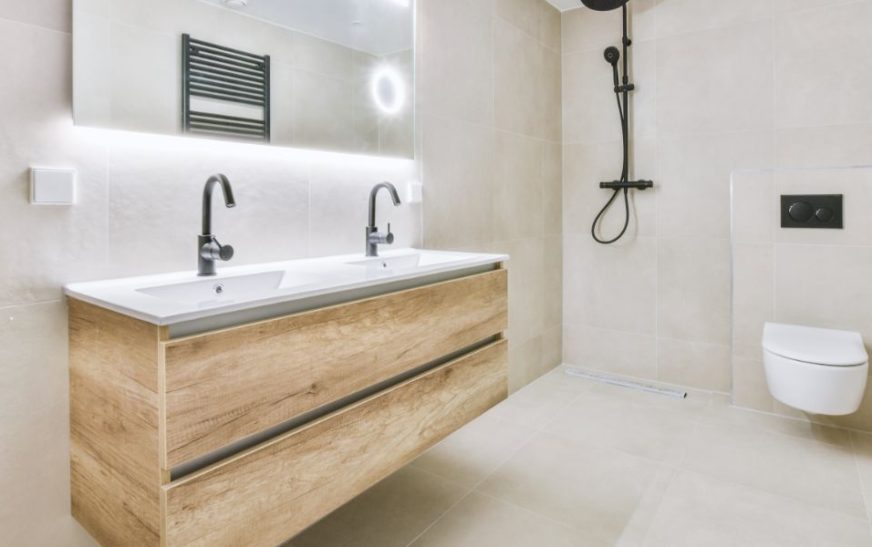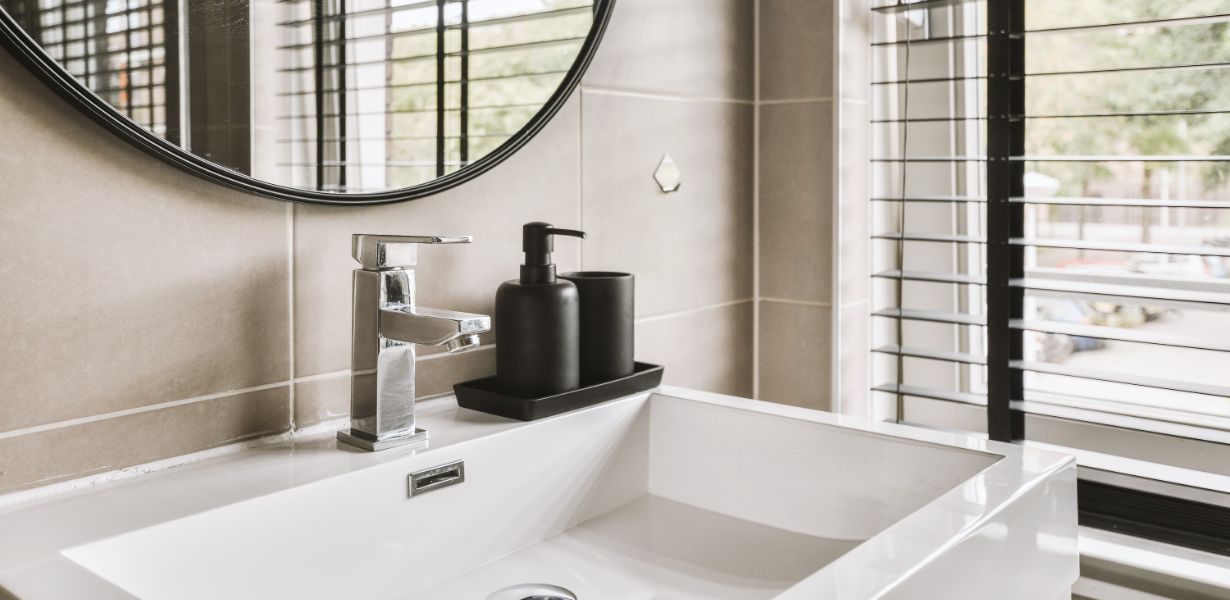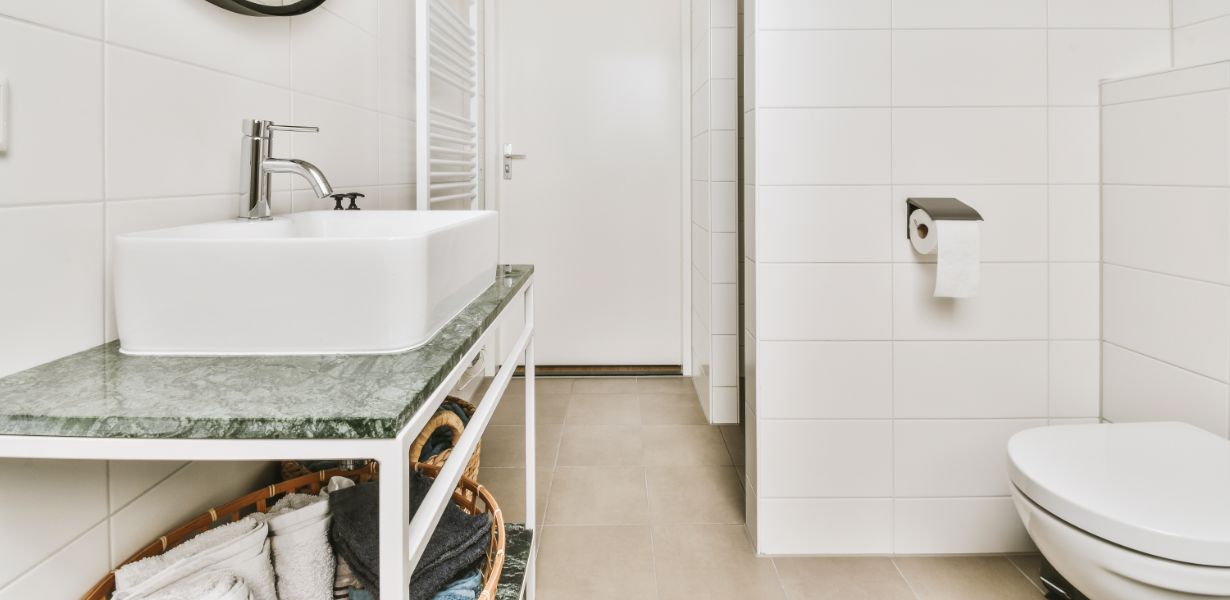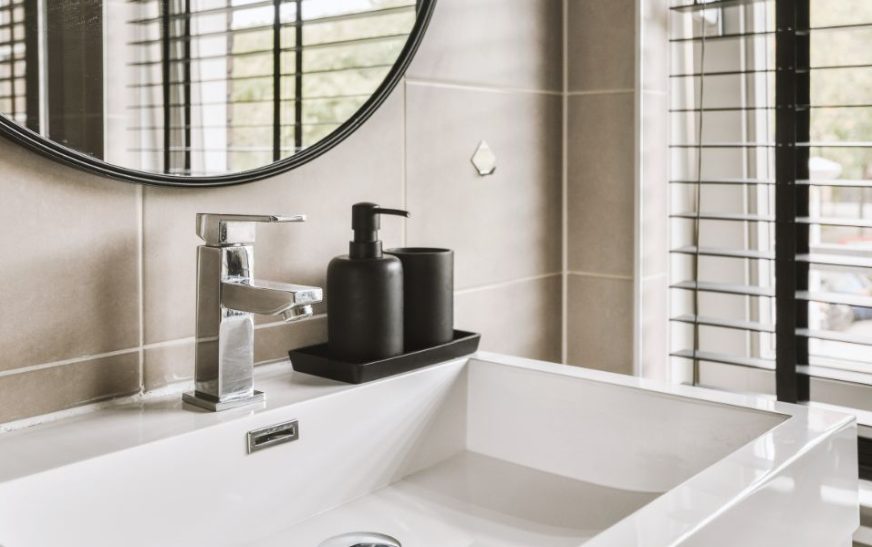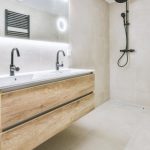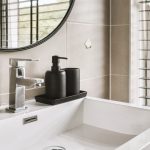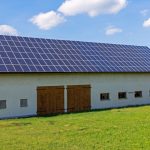In the fast-paced world of technology, our homes have become smarter than ever before. Smart home solutions have revolutionized the way we live, offering convenience, efficiency, and enhanced security. However, to ensure your smart home continues to operate seamlessly, proper maintenance and strategic upgrades are essential. In this comprehensive guide, we’ll delve into the best practices for maintaining and elevating your modern living experience.
Smart Home Solutions: Enhancing Everyday Living
In the realm of modern living, smart home solutions have become indispensable. These cutting-edge technologies not only streamline tasks but also enhance security and energy efficiency. From intelligent lighting systems to state-of-the-art surveillance, the possibilities are boundless. Keeping these systems in top condition is paramount for uninterrupted performance.
Regular Software Updates: Keeping Pace with Innovation
Keeping your smart devices’ software up-to-date is akin to providing them with a shot of vitality. Manufacturers continually release updates to fix bugs, improve performance, and introduce new features. Neglecting these updates could lead to compatibility issues and security vulnerabilities.
Optimal Network Performance: The Backbone of Smart Living
A robust and reliable network forms the backbone of any smart home. Regularly checking your Wi-Fi signal strength and optimizing router placement can ensure uninterrupted connectivity. Additionally, consider investing in a mesh network for larger homes to eliminate dead zones.
Power Management: Prolonging Device Lifespan
Power surges and fluctuations can wreak havoc on sensitive smart devices. Installing surge protectors and uninterruptible power supplies (UPS) can safeguard your investments. Moreover, using energy-efficient smart plugs can help regulate power consumption.
Best Practices for Smart Home Security
Security is a paramount concern when it comes to smart home technology. Safeguarding your devices and networks is crucial to protect your privacy and prevent unauthorized access.
Strong, Unique Passwords: The First Line of Defense
Utilize complex, unique passwords for each of your smart devices and accounts. Consider using a reputable password manager to generate and store these passwords securely.
Multi-Factor Authentication: An Additional Layer of Security
Implementing multi-factor authentication adds an extra level of protection. This ensures that even if a password is compromised, unauthorized access remains thwarted.
Regular Security Audits: Monitoring for Anomalies
Periodically review the logs and settings of your smart devices for any suspicious activities. Unusual login attempts or unexpected device behavior may be indicative of a security breach.
Strategic Upgrades for Enhanced Living
As technology advances, so do the capabilities of smart home devices. Upgrading strategically can unlock new features and improve overall performance.
Voice Assistants: Elevating Interactivity
Consider integrating voice assistants like Amazon Alexa or Google Assistant for seamless control of your smart devices. These systems continue to evolve, offering enhanced functionality and compatibility with a wide range of products.
Energy-Efficient Appliances: Sustainability in Smart Living
Upgrading to energy-efficient appliances not only reduces your environmental footprint but also leads to long-term cost savings. Look for devices with high ENERGY STAR ratings to maximize efficiency.
Intelligent Climate Control: Personalized Comfort
Smart thermostats and climate control systems learn your preferences and adapt to your lifestyle. Upgrading to a more advanced system can result in significant energy savings without sacrificing comfort.
Final Words
Embracing smart home technology is a transformative journey. By adhering to these tips for maintenance and strategic upgrades, you can ensure that your modern living experience remains at the forefront of innovation and convenience.
Commonly Asked Questions
Q1: How often should I update the software on my smart devices?
A1: It’s recommended to check for and install software updates on your smart devices at least once a month. This ensures that you have the latest features, bug fixes, and security patches.
Q2: What is the importance of multi-factor authentication for smart home security?
A2: Multi-factor authentication adds an extra layer of security by requiring two or more forms of verification before granting access. This significantly reduces the risk of unauthorized access, even if a password is compromised.
Q3: What are the benefits of upgrading to energy-efficient appliances in a smart home?
A3: Upgrading to energy-efficient appliances leads to reduced energy consumption, lower utility bills, and a smaller environmental footprint. Additionally, these appliances often come with advanced features and smart integration options.
Q4: How can I ensure optimal network performance for my smart home devices?
A4: To optimize network performance, ensure your Wi-Fi router is centrally located and free from obstructions. Consider upgrading to a mesh network for larger homes to eliminate Wi-Fi dead zones.
Q5: Are there any security risks associated with using voice assistants in a smart home?
A5: While voice assistants are generally secure, it’s important to regularly review and update privacy settings. Additionally, be cautious about granting excessive permissions to third-party apps and skills.

